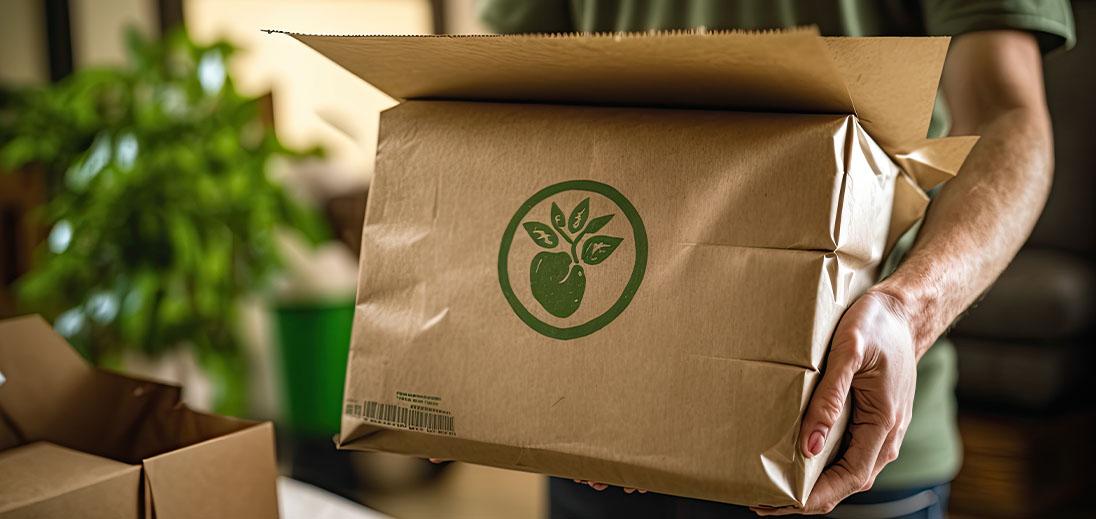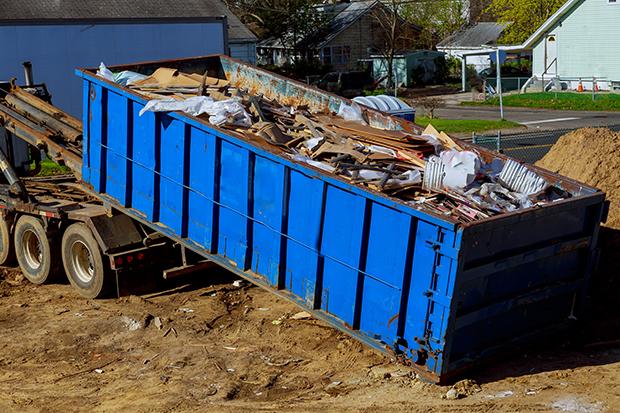In a world driven by consumption and globalization, the efficient movement of waste has become an essential component in maintaining our environment and sustaining our way of life. Waste logistics, transport, and shipping play a vital role in ensuring that waste is managed and disposed of properly, safeguarding our planet for future generations. Join us as we dive into the complex world of waste management and explore the innovative strategies and technologies shaping the future of this crucial industry.
Optimizing Waste Collection Routes for Efficiency
One key aspect of waste management is the optimization of waste collection routes for efficiency. By carefully planning and organizing the routes taken by waste collection vehicles, municipalities and companies can save time, fuel, and resources. This not only reduces costs but also minimizes the environmental impact of waste transportation.
When optimizing waste collection routes, factors such as the location of collection points, traffic patterns, and the types of waste being collected must be taken into consideration. Utilizing advanced route planning software can help streamline the process and ensure that routes are planned in the most efficient manner possible. By continuously analyzing and adjusting routes based on real-time data, waste collection operations can become more sustainable and cost-effective in the long run.

Implementing Sustainable Packaging Solutions in Shipping Practices
When it comes to waste logistics in the shipping industry, implementing sustainable packaging solutions is crucial for reducing environmental impact. By utilizing eco-friendly materials such as biodegradable packaging, reusable containers, and recyclable components, companies can significantly decrease their carbon footprint. These sustainable practices not only benefit the environment but also help to reduce costs and improve overall efficiency in transportation and shipping processes.
Some effective sustainable packaging solutions that can be integrated into shipping practices include:
- Biodegradable Packaging: Utilizing packaging materials that can easily decompose without harming the environment.
- Reusable Containers: Implementing reusable containers for shipping goods, reducing the need for single-use packaging materials.
- Recyclable Components: Using materials that can be easily recycled, promoting a circular economy and reducing waste.

Utilizing Technology for Real-Time Tracking and Monitoring of Waste Shipments
With the advancement of technology, waste logistics, transport, and shipping have been revolutionized. Real-time tracking and monitoring of waste shipments have become essential for efficient and secure waste management practices. Utilizing GPS tracking devices and sensor technology, waste companies can now monitor the movement of waste shipments from collection to disposal, ensuring compliance with regulations and optimizing transportation routes. This real-time data allows for better decision-making, improved customer service, and increased transparency in waste management operations.
By implementing innovative waste management software, companies can streamline their processes and reduce costs associated with manual tracking and monitoring. Automated alerts and notifications can be set up for any disruptions or delays in waste shipments, allowing for quick resolution and minimal impact on operations. The use of technology in waste logistics not only improves efficiency but also helps in reducing environmental impact by enabling better waste routing and minimizing transportation emissions. Overall, technology has transformed waste management practices, making them more sustainable, reliable, and effective.

Minimizing Carbon Footprint through Eco-Friendly Transport Options
When it comes to minimizing our carbon footprint through eco-friendly transport options, waste logistics are a crucial aspect to consider. By optimizing waste transportation and shipping processes, we can reduce emissions and promote sustainability in our supply chains. One effective way to achieve this is by utilizing electric vehicles and alternative fuel sources for transporting waste materials.
Furthermore, implementing a circular economy approach in waste logistics can also contribute to reducing carbon emissions. By reusing and recycling materials, we can decrease the need for new production and transportation, thus lowering the overall environmental impact. Sustainable packaging solutions and efficient routing strategies can also play a significant role in minimizing carbon footprint in waste transport and shipping operations.
Insights and Conclusions
In conclusion, waste logistics plays a vital role in managing the transportation and shipping of waste materials to ensure environmental sustainability and public health. By streamlining the process of waste collection, storage, and transportation, we can effectively reduce the impact of waste on our planet. Whether it’s managing hazardous waste or recycling materials, proper waste logistics is essential for a cleaner, greener future. Let’s continue to work together to find innovative solutions and make a positive impact on the world around us. Thank you for reading.
